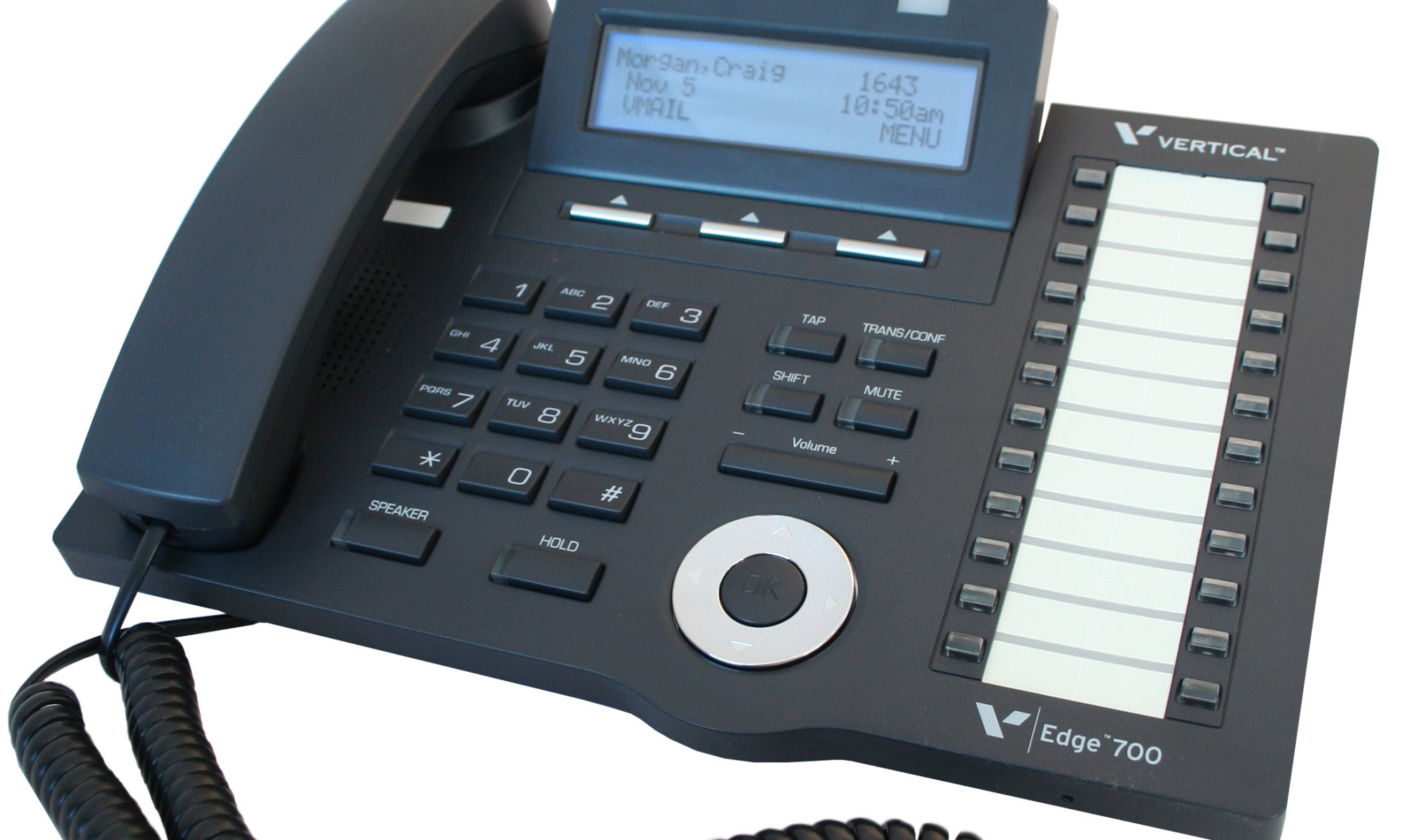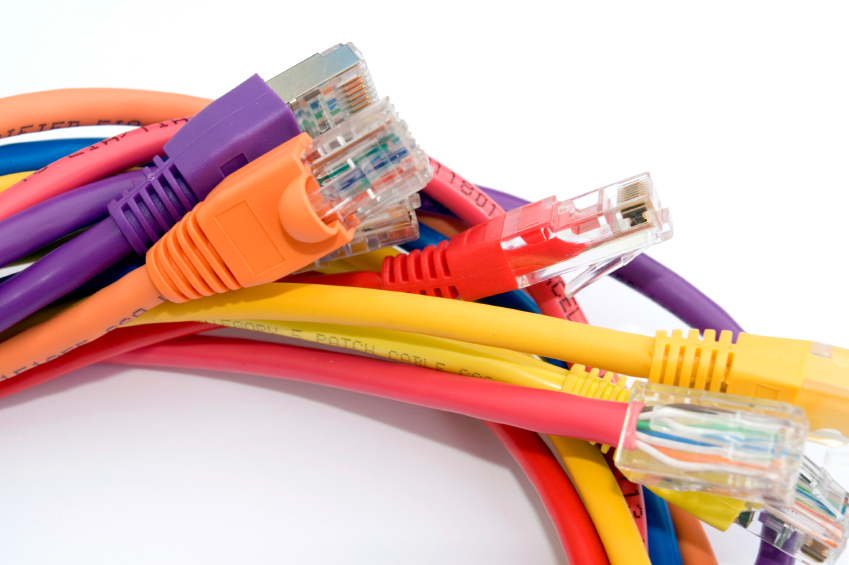Network Cabling
We are expert installers of everything from Twisted Pair Ethernet to fiber backbones. Whatever your needs Ohio Tele-Net has the experience and equipment to build reliable network infrastructure Network Cabling Cat7a Cat 7a – We guarantee it!
The Ohio Tele-Net Way Ohio Tele-Net believes in doing the job right. We maintain professional standards at all times. We use the highest quality parts and equipment available. We train our employees thoroughly and every wire we run is tested with professional tools. When the job is done, we make sure the job site is perfect before we leave. This allows us to guarantee all of our work.
Click here for more information.
800-821-2686

Network Cabling Cat7a Cat 7a
Category 6 cable
From Wikipedia, the free encyclopedia https://en.wikipedia.org/wiki/ISO/IEC_11801#Cat7a
Network Cabling Cat7a Cat7a
ISO/IEC 11801
From Wikipedia, the free encyclopedia
(Redirected from Category 7 cable)
Jump to navigationJump to search
International standard ISO/IEC 11801 Information technology — Generic cabling for customer premises specifies general-purpose telecommunication cabling systems (structured cabling) that are suitable for a wide range of applications (analog and ISDN telephony, various data communication standards, building control systems, factory automation). It covers both balanced copper cabling and optical fibre cabling.
The standard was designed for use within commercial premises that may consist of either a single building or of multiple buildings on a campus. It was optimized for premises that span up to 3 km, up to 1 km2 office space, with between 50 and 50,000 persons, but can also be applied for installations outside this range.
A major revision, Edition 3, has been released in November 2017, unifying requirements for commercial, home and industrial networks.
Classes and categories
The standard defines several link/channel classes and cabling categories of twisted-pair copper interconnects, which differ in the maximum frequency for which a certain channel performance is required:
Network Cabling Cat7a Cat 7a
Class A: link/channel up to 100 kHz using Category 1 cable/connectors
Class B: link/channel up to 1 MHz using Category 2 cable/connectors
Class C: link/channel up to 16 MHz using Category 3 cable/connectors
Class D: link/channel up to 100 MHz using Category 5e cable/connectors
Class E: link/channel up to 250 MHz using Category 6 cable/connectors
Class EA: link/channel up to 500 MHz using Category 6A cable/connectors (Amendment 1 and 2 to ISO/IEC 11801, 2nd Ed.)
Class F: link/channel up to 600 MHz using Category 7 cable/connectors
Class FA: link/channel up to 1000 MHz using Category 7A cable/connectors (Amendment 1 and 2 to ISO/IEC 11801, 2nd Ed.)
Class I: link/channel up to 2000 MHz using Category 8.1 cable/connectors (specification under development)
Class II: link/channel up to 2000 MHz using Category 8.2 cable/connectors (specification under development)
The standard link impedance is 100 Ω (The older 1995 version of the standard also permitted 120 Ω and 150 Ω in Classes A−C, but this was removed from the 2002 edition).
The standard defines several classes of optical fiber interconnect:
OM1: Multimode fiber type 62.5 µm core; minimum modal bandwidth of 200 MHz·km at 850 nm
OM2: Multimode fiber type 50 µm core; minimum modal bandwidth of 500 MHz·km at 850 nm
OM3: Multimode fiber type 50 µm core; minimum modal bandwidth of 2000 MHz·km at 850 nm
OM4: Multimode fiber type 50 µm core; minimum modal bandwidth of 4700 MHz·km at 850 nm
OM5: Multimode fiber type 50 µm core; minimum modal bandwidth of 4700 MHz·km at 850 nm and 2470 MHz·km at 953 nm
OS1: Single-mode fiber type 1 dB/km attenuation at 1310 and 1550 nm
OS1a: Single-mode fiber type 1 dB/km attenuation at 1310, 1383, and 1550 nm
OS2: Single-mode fiber type 0.4 dB/km attenuation at 1310, 1383, and 1550 nm
OM5
OM5 fiber is designed for wideband applications using SWDM multiplexing of 4-16 carriers (40G=4λ×10G, 100G=4λ×25G, 400G=4×4λ×25G) in the 850-953 nm range.
Category 7
Network Cabling Cat7a Cat 7a
Category 7 S/FTP cable
Class F channel and Category 7 cable are backward compatible with Class D/Category 5e and Class E/Category 6. Class F features even stricter specifications for crosstalk and system noise than Class E. To achieve this, shielding has been added for individual wire pairs and the cable as a whole. Unshielded cables rely on the quality of the twists to protect from EMI. This involves a tight twist and carefully controlled design. Cables with individual shielding per pair such as category 7 rely mostly on the shield and therefore have pairs with longer twists.
The Category 7 cable standard has been ratified in 2002 to allow 10 Gigabit Ethernet over 100 m of copper cabling. The cable contains four twisted copper wire pairs, just like the earlier standards. Category 7 cable can be terminated either with 8P8C compatible GG45 electrical connectors which incorporate the 8P8C standard or with TERA connectors. When combined with GG-45 or TERA connectors, Category 7 cable is rated for transmission frequencies of up to 600 MHz.[1]
However, in 2008 Category 6A was ratified and allows 10 Gbit/s Ethernet while still using the traditional 8P8C connector. Therefore, all manufacturers of active equipment and network cards have chosen to support the 8P8C for their 10 Gigabit Ethernet products on [2] copper and not the GG45, ARJ45, or TERA. These products therefore require a Class EA channel (Cat 6A).
Network Cabling Cat7a Cat 7a
As of 2017 there is no equipment that has connectors supporting the Class F (Category 7) channel.
Category 7 is not recognized by the TIA/EIA.
Category 7A
Class FA (Class F Augmented) channels and Category 7A cables, introduced by ISO 11801 Edition 2 Amendment 2 (2010), are defined at frequencies up to 1000 MHz, suitable for multiple applications including CATV (862 MHz).[citation needed]
The intent of the Class FA was to possibly support the future 40Gigabit Ethernet: 40Gbase-T. Simulation results have shown that 40 Gigabit Ethernet may be possible at 50 meters and 100 Gigabit Ethernet at 15 meters.[citation needed] In 2007, researchers at Pennsylvania State University predicted that either 32 nm or 22 nm circuits would allow for 100 Gigabit Ethernet at 100 meters.[3][4]
However, in 2016, the IEEE 802.3bq working group ratified the amendment 3 which defines 25Gbase-T and 40gbase-T on Category 8 cabling specified to 2000 MHz. The Class FA therefore does not support 40G Ethernet.
As of 2017 there is no equipment that has connectors supporting the Class FA (Category 7A) channel.
Network Cabling Cat7a Cat 7a
Category 7A is not recognized in TIA/EIA.
Category 8
Category 8 was ratified by the TR43 working group under ANSI/TIA 568-C.2-1. It is defined up 2000 MHz and only for distances from 30 to 36m depending on the patch cords used. ISO is expected to ratify the equivalent in 2018 but will have 2 options:
Class I channel (Category 8.1 cable): minimum cable design U/FTP or F/UTP, fully backward compatible and interoperable with Class EA (Category 6A) using 8P8C connectors
Class II channel (Category 8.2 cable): F/FTP or S/FTP minimum, interoperable with Class FA (Category 7A) using TERA or GG45 connectors.
Category 8 is designed only for data centers where distances between switches and servers are short. It is not intended for general office cabling.
Network Cabling Cat7a Cat 7a
Acronyms for twisted pairs
Main article: Twisted pair § Cable shielding
Annex E, Acronyms for balanced cables, provides a system to specify the exact construction for both unshielded and shielded balanced twisted pair cables. It uses three letters – U for unshielded, S for braided shielding, and F for foil shielding – to form a two-part abbreviation in the form of xx/xTP, where the first part specifies the type of overall cable shielding, and the second part specifies shielding for individual cable elements.
Common cable types include U/UTP (unshielded cable); U/FTP (individual pair shielding without the overall screen); F/UTP, S/UTP, or SF/UTP (overall screen without individual shielding); and F/FTP, S/FTP, or SF/FTP (overall screen with individual foil shielding).
Edition 3
In November 2017, Edition 3 was released by ISO/IEC JTC 1/SC 25 “Interconnection of information technology equipment”. It is a major revision of the standard which has unified several prior standards for commercial, home, and industrial networks, as well as data centers, and defines requirements for generic cabling and distributed building networks.
The new series of standards includes six parts:[5][6] [7]
ISO/IEC Standard Title Replaces Description
ISO/IEC 11801-1 Part 1: General requirements ISO/IEC 11801 Generic cabling requirements for twisted-pair and optical fiber cables
ISO/IEC 11801-2 Part 2: Office premises ISO/IEC 11801 Cabling for commercial (enterprise) buildings
ISO/IEC 11801-3 Part 3: Industrial premises ISO/IEC 24702 Cabling for industrial buildings, with applications including automation, process control, and monitoring
ISO/IEC 11801-4 Part 4: Single-tenant homes ISO/IEC 15018 Cabling for residential buildings, including 1200 MHz links for CATV/SATV applications
ISO/IEC 11801-5 Part 5: Data centers ISO/IEC 24764 Cabling for high-performance networks used by data centers
ISO/IEC 11801-6 Part 6: Distributed building services ISO/IEC TR 24704 Cabling for distributed wireless networks for building automation and IOT devices
Versions
ISO/IEC 11801:1995 (Ed. 1) – First Edition
ISO/IEC 11801:2000 (Ed. 1.1) – Edition 1, Amendment 1
ISO/IEC 11801:2002 (Ed. 2) – Second Edition
ISO/IEC 11801:2008 (Ed. 2.1) – Edition 2, Amendment 1
ISO/IEC 11801:2010 (Ed. 2.2) – Edition 2, Amendment 2
ISO/IEC 11801-(1-6):2017 (Ed. 3) Third Edition
See also
Ethernet over twisted pair
Twisted pair
TIA/EIA-568
ISO/IEC JTC 1/SC 25
References
Nielsen, Allan (2008), AMP NETCONNECT Guide to ISO/IEC 11801 2nd Edition Including Amendment 1 (PDF), Schaffhausen, Switzerland: Tyco Electronics, p. 11, Archived from the original on February 3, 2014, retrieved March 11, 2012
Hansen, Carl G. (November 2010). “10GABSE-T for Broad 10_Gigabit Adoption in the Data Center”. Ethernet Alliance November 2010.
“Researchers push transmission rate of copper cables”. News release. Pennsylvania State University. November 14, 2007. Archived from the original on February 22, 2012. Retrieved July 9, 2011.
Rick C. Hodgin (November 14, 2007). “UPDATE: Cat7a copper theorized to transmit 100 Gbit/s in excess of 100 meters (328 ft) using future modems”. TGDaily blog. Archived from the original on August 3, 2009. Retrieved July 9, 2011.
Network Cabling Cat7a Cat 7a
Flatman, Alan (2013-05-16). “ISO/IEC TR 11801-99-1: Guidance on 40GBASE-T Cabling -a tutorial-” (PDF). Retrieved 2014-01-26.
“Standards – ISO/IEC JTC 1/SC 25 – Interconnection of information technology equipment”. ISO.org. Retrieved 2016-10-02.
International Organization for Standardization. “Interconnection of information technology equipment”. International Organization for Standardization. Retrieved 23 January 2018.
Further reading
International standard ISO/IEC 11801: Information technology — Generic cabling for customer premises.
European standard EN 50173: Information technology — Generic cabling systems. 1995.
vte
List of International Electrotechnical Commission standards
vte
Unshielded and shielded twisted pair cabling standards
vte
ISO standards by standard number
Categories: ISO/IEC standards


